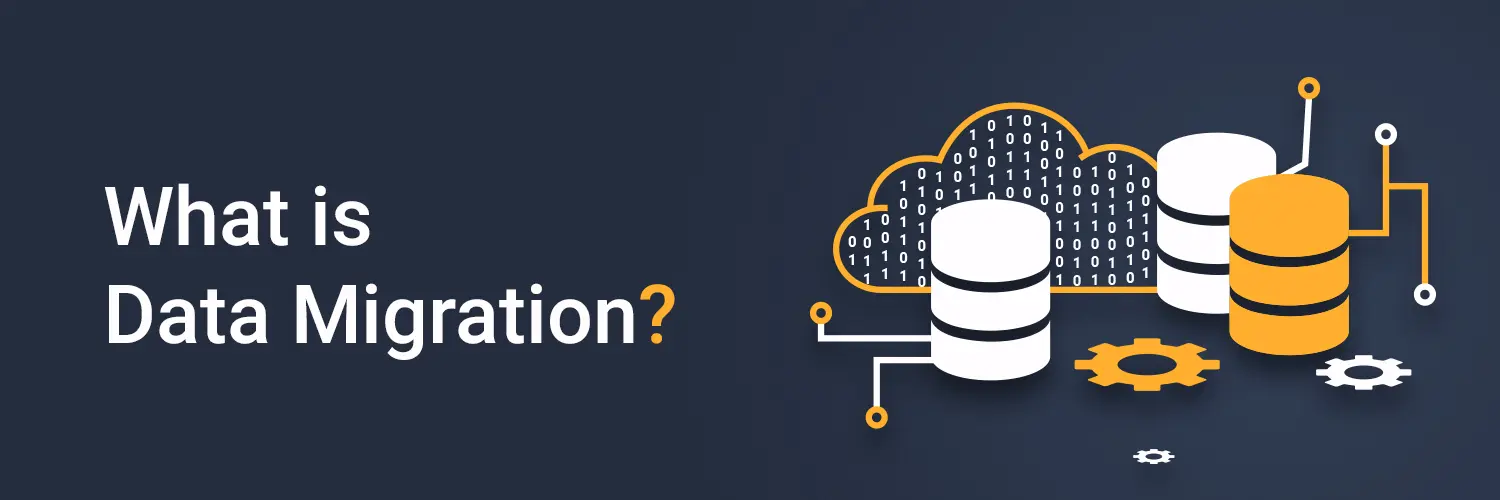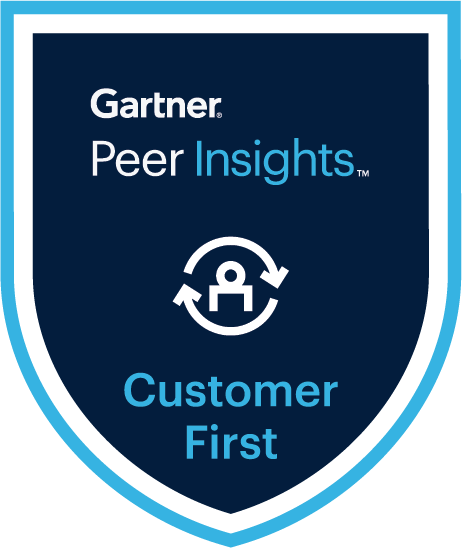
Data Migration
Data migration is the method of converting data from one device to another. While this might seem pretty straightforward, it involves a change in storage and database or application.
Any data migration will require at least transform and load steps in the sense of the extract/transform/loading (ETL) process. This implies that a set of preparatory functions must be exercised to load the extracted data into a target position.
For a variety of factors, companies are making data migrations strategies. You may need to revise a complete system, upgrade databases, create a new data warehouse or integrate new data from an acquisition or another source. It is also important to migrate data when installing a system next to existing applications.
Data Migration Process
There are 4 different methods to migrate data.
Exporting and Importing: When you export an import, you export the data in a neutral format, such as CSV (comma-separated value) files, and then edit the files so that they are formatted before being imported into the target database. This is a slow data migration process since a data scientist must manually work on changing data types and structures.
Scripting: In this case, you write the script to convert the data to the appropriate format for the target data warehouse or store. It is faster than the process of exporting and importing manually, but it is still a very laborious process because you have to write a different script for each source and purpose.
Using a traditional tool: You can use third-party tools to move data. These tools are designed to capture, modify, and load data efficiently. These tools are built to load data from multiple sources into different targets and they are designed to process large amounts of data. However, not all tools are built equally. Most data needs to be moved in batches and is primarily designed for relational databases, Many data resources these days are not structured. Additionally, they often have very strict rules and expectations about the data, forcing you to re-process all your data if anything changes in the schema, source, or goal.
Using a modern tool: Advanced tools such as PiLog MDRM can process data in real-time rather than in batches. They are ideal for managing a wide variety of resources and goals and can modify mappings on the fly to suit your company's needs. Additionally, they can be scaled up or down depending on the changing output.
Data Migration Challenges and Risks:
Data migration is an essential part of the business, but most companies find the following aspects of immigration challenges.
Data Cleansing: Data can be in different formats and come from different sources such as RDBMS, other types of database, S3 buckets, CSVs, or streams. Because the data comes from different locations, it needs to be cleaned up, modified, or modified to allow it to be analyzed along with data from other sources.
Planning your data model: You will need to change your data model as part of your migration process. You can switch from an on-premises data warehouse to a cloud-based data warehouse or from relational data to a structured and structured data mix. Or, you may be moving data from one relational database to another.
Security: Security is crucial during and after migration. What’s more, if you want to migrate sensitive data, which is subject to compliance requirements, it can be difficult to support in the migration process.
Data Migration Software
Safety — Take time to look at the security measures of a software platform. You are data, which must remain secure, and is one of your most valuable resources. On-site: built on-site to facilitate the transfer of data within the organization.
Furthermore, — or free of charge — ie Open-source: Community Built tools. ·A cloud-based solution: These tools are available in the cloud, and transfer data to a cloud from multiple systems (e.g. software, cloud and on-site stores or services).
It is difficult and extremely time-consuming to create data migration best practices from scratch and code them by hand. Powerful and cost-effective data tools that simplify migration. Data tools that simplify migration are more efficient and cost-effective.
When you start your search for a software solution, look for these factors in a vendor:
Connectivity — Does the solution support the systems and software you currently use?
Scalability — What are the data limits for the software, and will data needs exceed them in the foreseeable future?
Security — Take time to look at the security measures of a software platform. You are data, which must remain secure, and is one of your most valuable resources.
Speed — How quickly can processing occur on the platform
Data Migration Methods:
On-premise: built on-site to facilitate the transfer of data within the organisation.
Open-source: Community-developed resources are available free of charge or at a reduced price.
Cloud-based: These tools are available in the cloud and transfer data to a cloud from multiple systems (e.g. software, cloud, and on-site stores or services).
How to select the right Data Migration Services
Proper planning is the most important part of any data migration effort and should include consideration of data sources and destinations, security, and cost. Selecting a data migration tool is a key component in the planning process, and should be based on the organization’s use case and business requirements.
Real preparation is the key part of any initiative in data migration life-cycle and should take care of the source and destination of the data, protection, and cost. Selecting a tool for data migration is a major component in the planning process and should be focused on the sector and case of usage of the company. . Data sources and destinations
Data sources and destinations
The number and type of data sources and destinations are essential considerations. Auto-scripting can support either source and destination, but it is not scalable to auto-script. It may work for small projects, but for hundreds of sources, you do not want to encode data extraction scripts.
One alert for tools on site is that the supported sources and destinations which differ by your operating system.
Many data sources and destinations are managed by most online and cloud-based data migration tools. Cloud-based SaaS tools don’t have OS limitations, and vendors upgrade them to support new versions of sources and destinations automatically.
Reliability
Cloud-based data migration tools have close to 100% uptime due to their highly redundant architectures. It would be difficult to match that reliability with on-premises tools.
This reliability of on-site tools will be difficult to match. Cloud-based migration tools perform extremely well. Calculate cloud power and storage to satisfy the criteria of dynamic data migration. On-site tools cannot scale up and down automatically when needed because their hardware is limited.
Performance and scalability
Calculate cloud power and storage to satisfy the criteria of dynamic data migration. On-site tools cannot scale up and down automatically when needed because their hardware is limited.
Security
Data migration tools may be required to meet the criteria for security and compliance. Some cloud-based tools are therefore possible to exclude, but many comply with SOC 2, HIPAA, GDPR, and other governance laws.
Pricing:
There are many pricing considerations, including data, source and destination type and amount of data, and service level. Pricing: For any given data migration project no specific data migration tool will always be the lowest cost solution.
Data migration platforms focused on the cloud have paid pricing. A cloud solution offers the best price for most data migration projects, although certain pricing models can be confusing. Some cloud providers have a free level that organizations can use.
FAQ’s
Data migration is the process of transferring data from one place to another. The concept of data migration is easy to understand, but implementing data migration is rarely a cockpit.
Data migration is an essential part of the modern data-based business world. Data migration is a very complex task in the field of data engineering.
There are three primary types of data migration:
- Application Migration
- Storage Migration or Database Migration
- System Migration
- Cloud Migration.
There are 4 different methods to migrate data
- Exporting and Importing
- Scripting
- Using a traditional tool
- Using a modern tool
Databases migration is essential, because it is required for server and storage hardware to be upgraded or consolidated, or for data-intensive applications such as databases, data warehouses and data lakes and large scale projects to be introduced.
Cloud migration is the transferral to a cloud environment of data, applications or other business components. There was a mistake. A cloud migration could however also mean that data and apps are transferred from one cloud platform or provider to another, a model called cloud-to-cloud migration.





